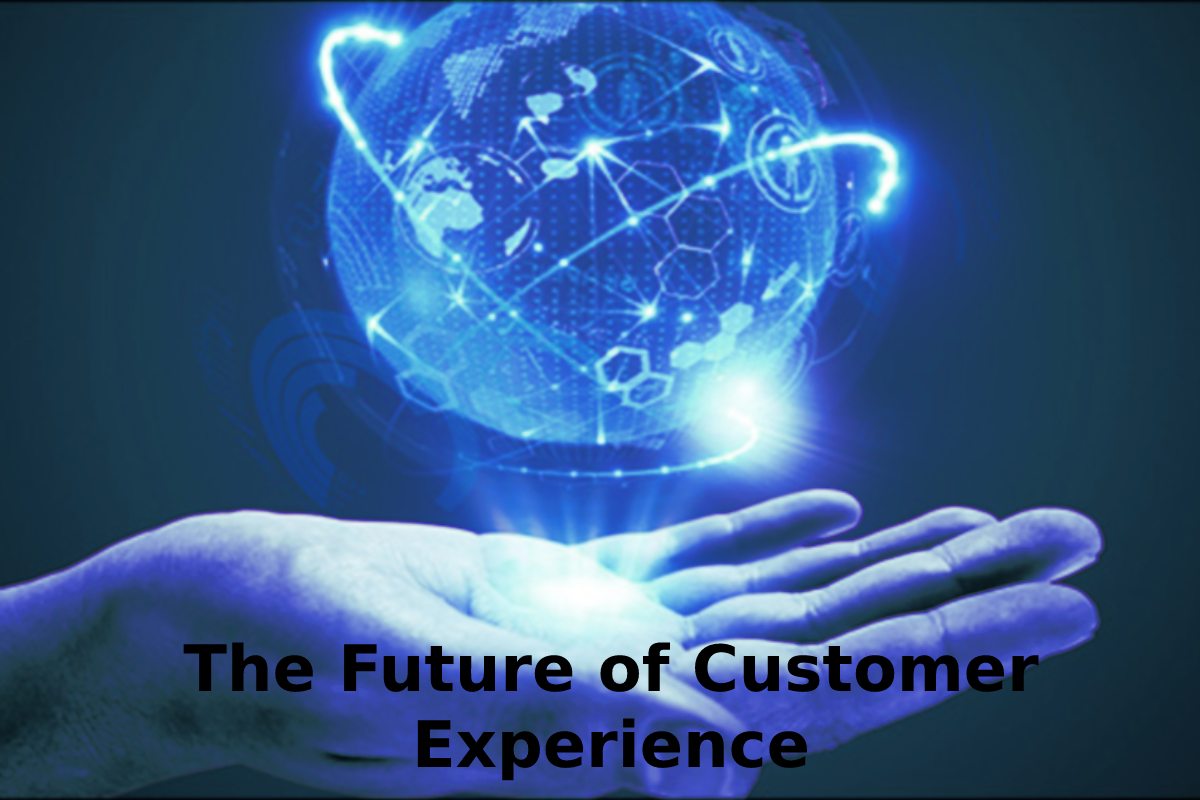The Future of Customer Experience
Going by current trends, companies that focus on the customer experience generate 4-8% more revenue than their competitors today. This has led customer experience to evolve into a competitive advantage, a critical differentiator, a loyalty booster, and a motivator for repeat business. So, what will the future of customer experience look like, with businesses becoming increasingly digital?
To be analytical, now more than ever, effective communication is crucial in defining multiple aspects of a company’s enterprise, including striking a first chord with prospects, moving them through various stages of the purchase process, and retaining them for the long term. Consumers’ expectations of companies are rising, and companies must meet these expectations through effective customer experience management.
Here are some of the key trends, practices and approaches that will shape the future of customer experience in the years to come.
Table of Contents
A Robust Customer Communications Management Strategy
Customer communication management (CCM) is a business strategy that focuses on regulating and managing customer communications across several platforms. This strategy is used to improve the production, delivery, storage, and retrieval of outbound customer communications.
In the future years, the way we interact with clients will alter substantially. Effective customer communication management, which includes ways for enhancing the development, delivery, storage, and retrieval of all types of outbound customer communications, can be a feasible option for establishing real-time customer connections.
A CCM strategy can assist you and your employees develop a standardised method to communicating with customers that is consistent with your brand voice. Users may collect critical data from a CCM system and establish a focused, tailored strategy at the same time.
Leveraging Customer Journey Mapping
The more customer experience data we collect, the better we will be at forecasting future behaviour and tying customer satisfaction to increased profits. Businesses are understandably fascinated with measurement.
As customer experience becomes more important, it will evolve from intangible to fully quantifiable, and we will be able to justify a larger customer experience spend as we improve our ability to report on its business impact.
Customer journey maps are research-based tools used by design teams to show the many components and circumstances that influence typical customer experiences through time. Brands can gain a better understanding of their target demographic by using these tools.
Tasks and questions about how a design meets or fails to fulfil customers’ needs over time when they interact with a product or service must be thoroughly investigated. Customer journey maps are timelines that include detailed information about important subtasks and events, as well as insights into what consumers are thinking and feeling as they go through the timeline.
The Golden Rule of Personalisation
Customer experience is a long-term interaction between two persons in the service industry: the customer and the employee who represents the organisation. This relationship is, at its core, a human encounter, with each interaction being interpreted differently. Every encounter must be developed uniquely in the future of customer experience.
As a result, knowing your clients is critical when creating an experience. The ideal method to do all of the above is to conduct specialised research studies to better understand employees and consumers, as well as to observe actual interactions between the two stakeholders at various touchpoints. Personalization remain expected to become a key component of the customer experience in the future.
Communications Automation
Corporate users will increasingly automate customer encounters in the future to increase the efficiency of company-wide communication systems and processes. CCM systems can help you monitor all communications on your preferred communication channels, discover errors by detecting specific communication patterns, and offer remedies to any issues. You can use new templates, auto-responders, and other similar features to automate communications.
Omni-Channel Experiences
A CCM strategy places the client at the centre. Businesses will focus more on customer loyalty and a better customer experience, demanding omni-channel customer encounters.
Forecasting shifting client demands and expectations will require a well-developed CCM strategy. It will also assist organisations in preparing for the unknown by giving detailed information on every aspect of customer communications, including personalization, automation, multi- and cross-channel communications, 24/7 customer service, and more.
With the appropriate CCM tools and approaches, businesses may expect higher retention rates, cheaper customer acquisition expenses, and higher conversions.
Focus on Employee Experiences and Communications
The importance of satisfied, happy employees shaping customer experiences is set to remain as pronounced as ever in the future. however, employee communications are set to become much more difficult with the arrival of the remote/hybrid workspace.
To help bridge the gap, performance management tools and peer-to-peer reward systems will be critical. HR and managers will need to know what inspires people and what they require in order to perform at their best. To develop engaging experiences for each employee, businesses will take a more personalised, data-driven approach. Companies will better grasp employee expectations and link them to corporate goals with detailed performance analysis and frequent feedback loops.
Additionally, to improve the work experience, efforts must be made to incorporate employee wellness seminars, training, and counselling.
The Future is Calling! Where are You Going with Your Customer Experience Management?
Future customer experience programmes will be holistic, predictive, precise, and explicitly linked to business results. Evidence suggests that organisations that begin developing the competencies, people, and organisational structure required for this shift will reap significant benefits. Those who continue to use outdated technology will be forced to play catch-up in the coming years.

